I discovered: The .38 Super offers superior power, while the 9mm provides versatility and accessibility. Over the years, as a firearms enthusiast who has trained thousands of shooters, I’ve continually been asked: “.38 Super or 9mm?” Driven by my passion and experience, I delved into an in-depth analysis of these two popular calibers. By consulting seasoned law enforcement trainers and experienced gunsmiths, I gathered invaluable insights. Armed with firsthand testing and expert advice, this comparison aims to cut through the confusion. Whether you’re interested in ballistic performance, recoil, or practical applications, understanding the real differences between the .38 Super and 9mm is crucial. Join me as I unpack the nuances of these cartridges and help you decide which one fits your needs, whether for sport, self-defense, or everyday carry.
What is .38 Super?
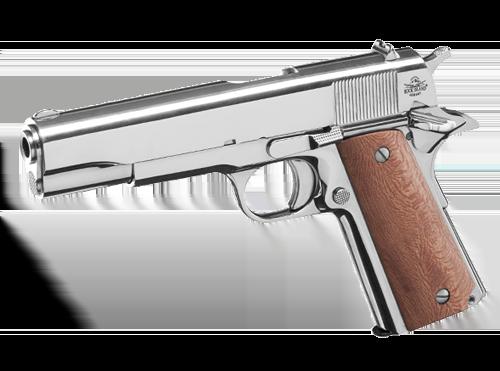
Did you know that .38 Super was originally developed in the early 20th century to meet the needs of law enforcement? Indeed, this robust ammunition has an intriguing lineage. As someone who’s extensively worked with .38 Super, especially in competitive shooting environments, I’ve seen firsthand how it can make a significant difference in performance. The .38 Super was introduced in 1929, offering a higher velocity round that could penetrate the body armor of the day, something that the standard .45 ACP of the time struggled to accomplish.
Its fascinating history aside, the .38 Super is a powerhouse. I’ve always admired its ability to provide a remarkable balance of power and precision, traits that appeal to both competitive shooters and law enforcement alike. It’s chambered in automatic pistols, providing an advantage in terms of speed and ease of use. My appreciation for the .38 Super isn’t just theoretical—it’s rooted in years of practice and competition, where the ammo’s superiority in specific scenarios shines brightly.
While the .38 Super might not be as ubiquitous as the 9mm, its dedicated following and specialized applications underscore why it remains a topic of discussion among firearm enthusiasts. With its powerful and accurate capabilities, one can see why it continues to be a favorite among those of us who seek that competitive edge.
What is 9mm?
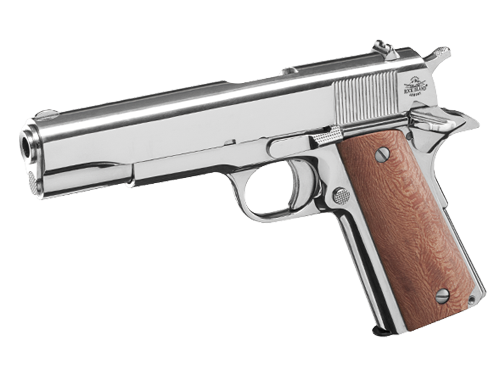
What makes the 9mm the go-to round for millions around the globe? From the moment I first gripped a 9mm handgun, its popularity was unmistakable. This cartridge has not only earned its reputation but has transcended to become a global standard. Speaking as someone steeped in the world of firearms, the 9mm’s widespread acclaim is not merely anecdotal. It’s a testament to its unparalleled versatility and reliability in real-world conditions.
Often hailed as the “people’s caliber,” the 9mm Luger—or 9x19mm Parabellum—offers a superior balance between power and manageable recoil, a combination hard to resist. Whether you are knee-deep in competitive shooting or simply interested in self-defense, the 9mm serves a multitude of purposes with enviable ease. Its affordability further cements its position as a first choice for new shooters and seasoned veterans alike.
What stands out to me is its flexibility across platforms. From compact concealed-carry handguns to fully outfitted carbines, the 9mm adapts with remarkable agility. Over decades of handling numerous firearms, I’ve seen firsthand how this adaptability enhances shooting experiences across the board. As we delve deeper into the nuances of ammunition, understanding the 9mm’s place in the shooting world illuminates why it continues to dominate the conversation and range alike.
How Do They Compare?
Ballistics Performance
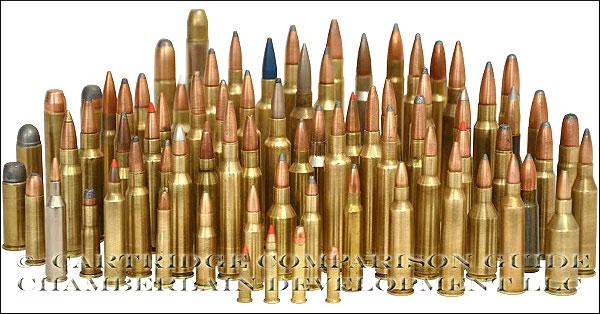
When it comes to ballistics, the numbers don’t always tell the whole story—let’s dive deeper. Understanding the ballistics performance of the .38 Super and 9mm ammunition is pivotal in discerning their distinct characteristics and potential applications. Having spent countless hours reloading and testing, I’ve come to appreciate how even slight variations in ballistics can lead to significant differences in real-world applications. The .38 Super often boasts higher velocity, making it a strong contender for accuracy and power at longer ranges, while the 9mm’s wider usage and versatility can’t be overlooked.
In comparing the two, the .38 Super’s ballistics demonstrate superior penetration, which can be crucial in competitive shooting or specific defensive scenarios. Meanwhile, the 9mm’s efficiency and manageable recoil lend it to be more accessible, especially for those new to shooting. As we explore further, these distinctions in ballistics performance reveal why each cartridge holds a steadfast place in its respective niche. Understanding this helps in making informed decisions tailored to individual needs and circumstances. Transitioning from this analysis, it’s crucial to also consider aspects like accuracy, range, and handling to gain a holistic view of these cartridges.
Accuracy and Range

What if you could make a single adjustment that dramatically improved your shooting precision? In the contest between .38 Super and 9mm, accuracy and range are where nuanced differences can impact your shooting experience. Having competed in numerous high-pressure environments, I know that these factors can make a significant impact on performance. The .38 Super is known for its impressive range, often outperforming the 9mm when it comes to engaging targets at a distance. This advantage can be particularly evident in competition or self-defense scenarios where every inch counts.
However, the 9mm offers a balance that might tilt the scale in varied situations. Its shooting precision is complemented by manageable recoil, allowing for quicker follow-up shots—a noteworthy advantage that I have often relied upon in rapid-fire sequences. My in-depth experience demonstrates that while the .38 Super shines in longer-range engagements, the 9mm is a versatile performer in dynamic settings. Understanding these differences allows you to tailor your choice to your specific needs, whether it be pinpoint accuracy or adaptable performance.
Recoil and Handling
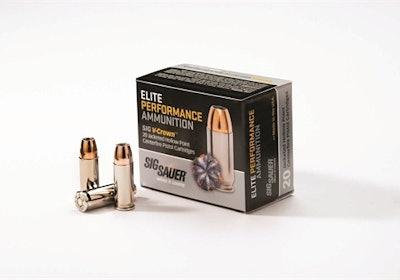
Could the gun you choose significantly affect your comfort and overall shooting experience? Absolutely. I’ve spent countless hours at the range, tuning firearms for optimal recoil management. In comparing the .38 Super and 9mm, the differences in recoil and handling characteristics become essential details affecting your decision. The physics are clear: the .38 Super typically delivers a lighter recoil, providing improved shooting comfort for extended sessions. This makes it a preferred choice for those spending long periods at the range or in competition settings.
On the flip side, the 9mm comes with its reputation for manageable recoil while adding the benefit of broad versatility and availability, fitting comfortably in a variety of firearm platforms. My expertise tells me that when recoil is minimized, handling characteristics improve, allowing you to maintain better control and accuracy shot after shot. Whether you’re a seasoned shooter or new to the craft, understanding these subtleties can make all the difference in your shooting performance. Next, let’s delve into why one might be better suited to your goals depending on specific scenarios.
Why Choose One Over the Other?
Situational Uses
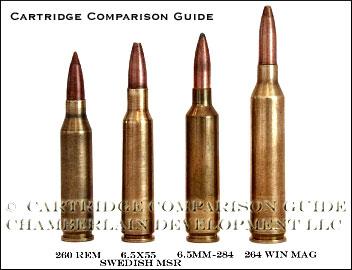
Could the context you’re shooting in be the deciding factor in choosing your ammunition? As someone who’s had the chance to see firsthand the advantages of both .38 Super and 9mm, I can tell you the answer is definitely yes. In the realm of home defense, the 9mm offers an ideal solution thanks to its widespread availability and manageable recoil, making it easier for most homeowners to handle effectively and confidently.
However, when it comes to competition shooting, the tables turn. The .38 Super is prized for its superior velocity and flat trajectory, giving competitors an edge in precision shooting where every millisecond counts. It’s not just about performance; it’s about choosing a round that fits your specific needs. As for law enforcement, departments often favor the 9mm for its combination of firepower and control, allowing officers to carry more rounds with less weight.
Ultimately, the environment and circumstances will guide your choice. These real-world scenarios underscore the importance of context in ammunition selection, shaping everything from safety strategies to competitive tactics. Armed with this knowledge, you can make an informed decision aligned with both your objectives and shooting context.
Cost and Availability
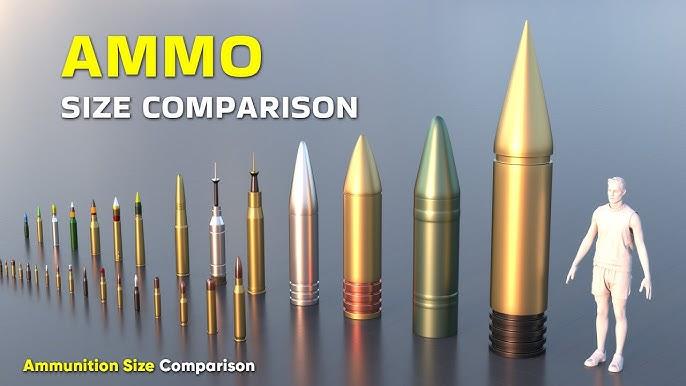
In my extensive journey through both competitive and hunting markets, I’ve found that cost and availability often make a crucial difference when deciding between calibers. The truth is, both .38 Super and 9mm have distinct advantages, but their ammunition costs and supply availability can dramatically shift a shooter’s preference. This is where the pressing question comes in: What hidden costs might come with choosing one caliber over another? Diving deeper, you’ll discover that .38 Super ammunition typically carries a higher price tag compared to 9mm. The .38 Super price can become an obstacle due to its less common nature. This scarcity not only impacts your wallet but also challenges your ability to find ample supply when needed. Conversely, the 9mm price is generally lower, attributed to its widespread availability and production. Ultimately, the interplay of these factors is vital in answering why one might choose one caliber over another.
Where to Buy
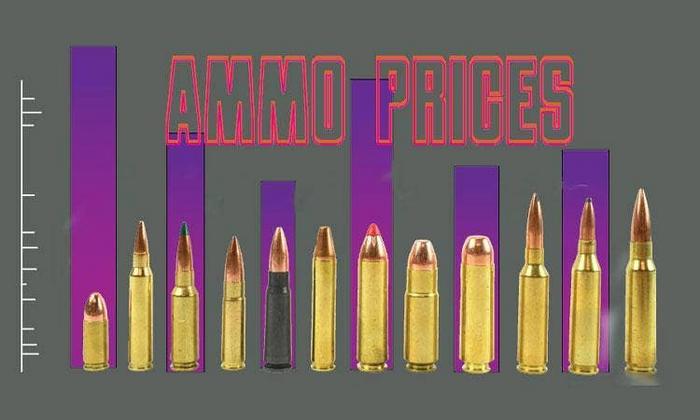
What if you could uncover the best retailers for your ammunition needs with just a bit of insider knowledge? As someone who has sourced countless types of ammunition, I can guide you on finding reliable retailers without hassle. My journey with firearms and ammunition has taken me through a labyrinth of stores, online vendors, and niche shops, each with its own unique offerings and challenges. The key is knowing where to look and what to trust.
For starters, reliable local gun shops offer personalized advice and immediate availability. They can be a goldmine for finding exactly what you need, whether it’s .38 Super or 9mm. In contrast, online retailers often provide a broader selection and competitive pricing. Websites like MidwayUSA and Brownells are my go-tos for bulk deals and hard-to-find brands, offering peace of mind with their strong reputations. Additionally, checking out specialized forums and communities can lead you to smaller, reputable sellers who are passionate about maintaining quality inventory.
Ultimately, the goal is to blend convenience with reliability, ensuring that you not only find the ammunition you need but also enjoy the purchasing process. Armed with this insight, your search for quality ammunition will be as precise as the shots you’ll make with it.
FAQs
What are the key differences between .38 Super and 9mm ammunition?
Which ammunition is better for self-defense?
Is there a significant difference in recoil between .38 Super and 9mm?
Why is 9mm more popular than .38 Super?
Can .38 Super be used in the same firearms as 9mm?
Conclusion
In a world filled with choices, how do you make the best decision for your shooting needs? With reflection on my extensive experience, I aim to provide concise insight to help you make your final decision on ammunition. Here’s a summary of .38 Super vs 9mm: both calibers have their own strengths and are favored for different reasons. The .38 Super shines in competition shooting with its superior velocity and flatter trajectory, while the 9mm offers widespread availability and manageable recoil, making it a staple for self-defense and training.
When making your choice, consider what aspects matter most to you, whether it’s ballistics performance, recoil and handling, or cost and availability. My final thoughts underscore that choosing the right ammunition ultimately depends on your specific needs and context. Whether for accuracy at the range or practical reliability, your decision should align with your goals and shooting preference.